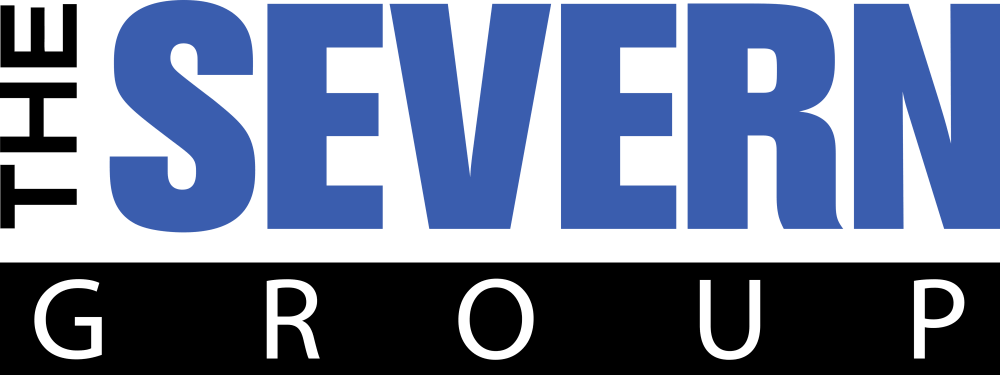Indoor Environmental Quality (IEQ) – What You Need to Know
When talking about the health and wellbeing of employees or customers within a building, you are referencing the IEQ. IEQ, or Indoor Environmental Quality, includes air quality, lighting, thermal conditions, and ergonomics. Specifically, the effects they have on any occupants of a building. When building or designing a space, it is important to consider IEQ. Proper IEQ strategies protect people’s health, improve quality of life, reduce stress, and prevent potential injuries.
This isn’t just important for the health of those in the building. It also makes good business sense. IEQ goals often lower healthcare-related costs for both the employees and companies. They also help improve productivity over the long-term. Ideally, an IEQ strategy includes solutions that contribute to a great indoor experience while conserving energy. So, what would cause, say, bad IEQ?
Common Sources of Air Contaminants
For this, we are going to focus on the average commercial building. Please note that these are changes in particular situations. For example, healthcare facilities. Hospitals, clinics, and medical offices need different procedures for limiting the spread of pathogens. However, generally, the same information applies. Here are some common sources of air contaminants for most buildings:
- Pollutants tracked in on people’s shoes or from specific processes (i.e. labs/factories).
- People’s respiration, which can increase carbon dioxide levels and/or introduce germs.
- Methane or radon gasses coming from the soil underneath the building.
- People smoking out near building entrances or air uptakes.
- Building materials that may emit VOCs (volatile organic compounds).
- Combustion processes in HVAC equipment, vehicles in or near the building, and fireplaces/stoves.
- Growth of mold resulting from high moisture and humidity in the building.
- Cleaning materials or other potential chemicals used inside.
Understanding your sources of environmental contaminants is the first step. This allows you to prevent or resolve any issues due to these contaminants.
Quality IEQ Through Good Design
When it comes to IEQ, you are either considering it during the design of a new structure or in an existing space. If you are in new construction, the process is a bit easier to control. For example, you can make sure the building materials do not have VOCs. That is just one example though. There are many factors to consider for indoor air quality. We recommend reviewing the ASHRAE Indoor Air Quality (IAQ) Guide: Best Practices for Design, Construction, and Commissioning. Additional resources to review:
- Estimates of Improved Productivity and Health from Better Indoor Environments
- NIOSH Indoor Environmental Quality Resources
- ASHRAE The Standards for Ventilation and Indoor Air Quality
- WBDG Enhance Indoor Environmental Quality (IEQ)
If you have an existing space, there are simple strategies to help improve occupants’ comfort. Simple things, like increasing natural daylight or installing operable windows can help. Consider also giving people temperature or lighting control, if possible. If you aren’t sure where to start, conduct a survey with those spending the most time in your building.
Indoor Environmental Quality & HVAC
When we are talking IEQ, it is obviously tied to indoor air quality. And, when you talk indoor air quality, your HVAC system has a direct impact on that. HVAC helps control the indoor climate and acceptable thermal comfort. Regular preventative maintenance makes sure you are keeping people safe. Here are some simple ways you can improve the indoor air quality through HVAC maintenance:
- Replacing the air filters in consistent increments.
- Regular cleaning of your air ducts.
- Inspect ventilation rates and increase if necessary.
- Visually inspect your HVAC system for issues.
These are just some simple ways to help prevent long term issues. The Severn Group is well versed in helping design HVAC systems for new construction, as well as maintaining current systems. If you have questions about IEQ, contact us today.
